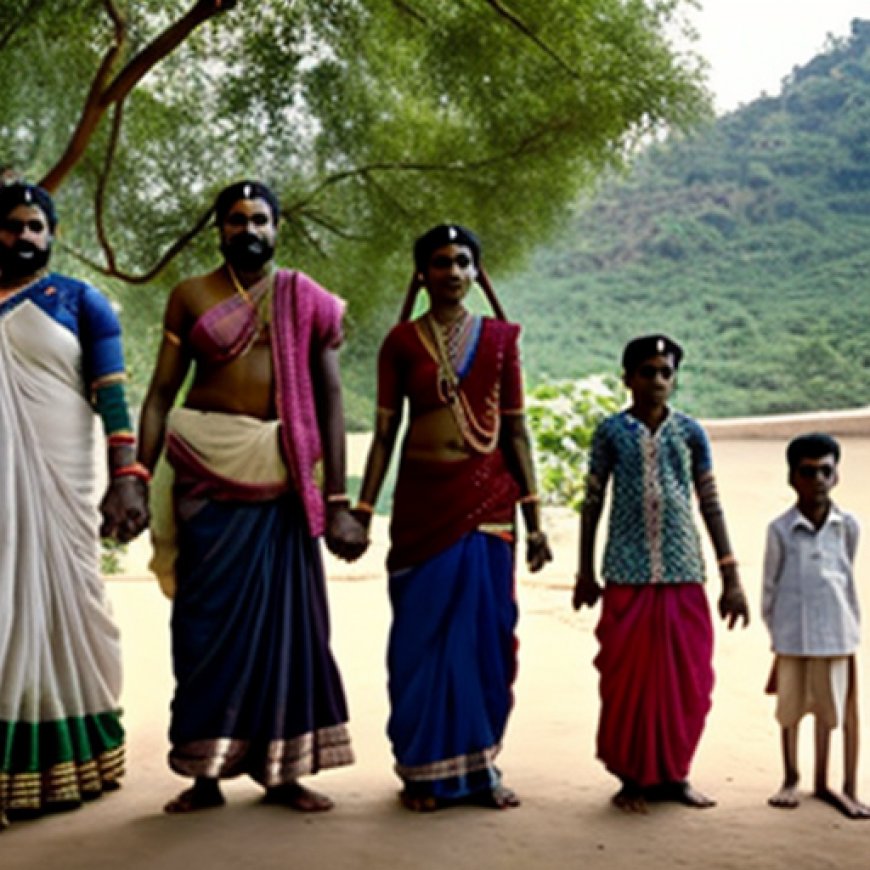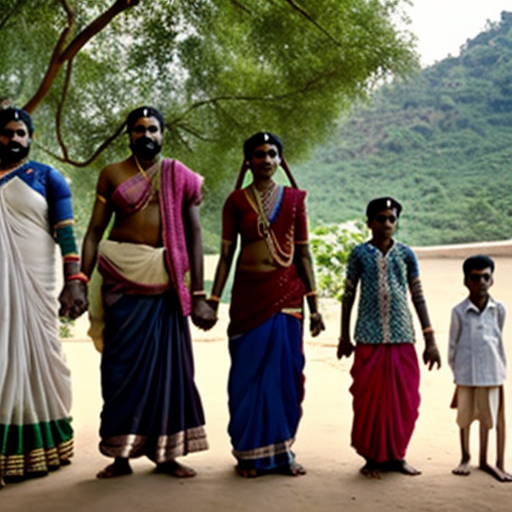22 Bengaluru families fined ₹5000 each for wasting water: Report
22 Bengaluru families fined ₹5000 each for wasting water: Report Hindustan Times


The Bangalore Water Supply and Sewerage Board (BWSSB) collected ₹1.1 lakh as a fine from 22 families collectively.
Introduction
- A total of 22 families in Bengaluru were slapped with a fine of ₹5,000 each for using Cauvery water for non-essential purposes amid the severe shortage of water, according to a report in the Deccan Herald.
Background
- The Bangalore Water Supply and Sewerage Board (BWSSB) acted on the complaints received through social media, where people were found using drinking water to clean cars, garden, and other avoidable purposes.
- The south division of BWSSB is reportedly strict with the wastage of water, when compared to the different divisions and keeps an eye on the complaints from residents.
- Last week, BWSSB banned the use of Cauvery water and borewell water for activities such as pool dances and rain dances during Holi celebrations in the city.
- Aerators, which regulate water flow from taps, are also made compulsory in commercial establishments, apartments, restaurants, luxury hotels, industries, and other public areas.
Sustainable Development Goals
- The government is now looking at treated water as a potential solution to overcome the water shortage in the city as it can be used for all non-essential purposes instead of Cauvery water which is used for drinking needs.
- Bengaluru’s water supply board is now planning to step into action and fill the dried lakes of the city with treated wastewater that can help the borewells recharge ahead of peak summer.
SDGs, Targets, and Indicators
1. Which SDGs are addressed or connected to the issues highlighted in the article?
- SDG 6: Clean Water and Sanitation
2. What specific targets under those SDGs can be identified based on the article’s content?
- Target 6.4: By 2030, substantially increase water-use efficiency across all sectors and ensure sustainable withdrawals and supply of freshwater to address water scarcity.
- Target 6.5: By 2030, implement integrated water resources management at all levels, including through transboundary cooperation as appropriate.
3. Are there any indicators mentioned or implied in the article that can be used to measure progress towards the identified targets?
- Indicator 6.4.1: Change in water-use efficiency over time.
- Indicator 6.5.2: Proportion of transboundary basin area with an operational arrangement for water cooperation.
4. Table: SDGs, Targets, and Indicators
| SDGs | Targets | Indicators |
|---|---|---|
| SDG 6: Clean Water and Sanitation | Target 6.4: By 2030, substantially increase water-use efficiency across all sectors and ensure sustainable withdrawals and supply of freshwater to address water scarcity. | Indicator 6.4.1: Change in water-use efficiency over time. |
| SDG 6: Clean Water and Sanitation | Target 6.5: By 2030, implement integrated water resources management at all levels, including through transboundary cooperation as appropriate. | Indicator 6.5.2: Proportion of transboundary basin area with an operational arrangement for water cooperation. |
Behold! This splendid article springs forth from the wellspring of knowledge, shaped by a wondrous proprietary AI technology that delved into a vast ocean of data, illuminating the path towards the Sustainable Development Goals. Remember that all rights are reserved by SDG Investors LLC, empowering us to champion progress together.
Source: hindustantimes.com

Join us, as fellow seekers of change, on a transformative journey at https://sdgtalks.ai/welcome, where you can become a member and actively contribute to shaping a brighter future.







